Tapco HomeDry Dry Rot Treatment London
We are long term members of Trust Mark and a member of the BWA. CHAS accredited contractor. In addition, all of our surveyors are trained to the high standards of the PCA (Property Care Association).



Dry Rot Specialist In London
Dry rot is a fungal growth that can spread through buildings and cause considerable damage. It is especially widespread in London as a result of the climate and prevalence of old building structures. However, it’s important to remember that dry rot can impact London properties of all sizes and ages, so this is not an issue contained to heritage properties.
Once established, dry rot can be difficult to get rid of without professional intervention, which is where Tapco HomeDry comes in. We provide a comprehensive service that will identify the scale of the problem before implementing industry-leading techniques to eradicate the issue.
Dry rot damage explained
Dry rot most commonly causes damage to the timber structure of a building. The dry rot spores are able to germinate in small openings in the timber, providing the perfect space for the spores to feed. The vegetation will then spread before producing a fruiting body that allows the spores to spread even further through the woodwork.
As the spores spread, the structure of the timber is damaged and it will shrink and become very brittle. It also takes on a darker colour. Crumbling and darker timber is one of the first signs of wet rot in your property. The difference between wet rot and dry rot is in the depth of the cracking. The depth of the damage is more significant with dry rot.
Dry rot can also migrate, spreading into plastered and rendered walls looking for more timber. It also commonly damages the masonry behind walls, not just the timber, which can lead to widespread structural damage.
What action should be taken?
If you suspect you might have dry rot in your property, it’s important to have this surveyed and treated as quickly as possible. Dry rot can spread quickly throughout a property, attacking the foundations and the structure.
We provide a free, no-obligation quote to help determine if you have dry rot in your property, and the extent of the damage. We also also create a treatment plan to help eliminate the problem and take steps to prevent it from returning.
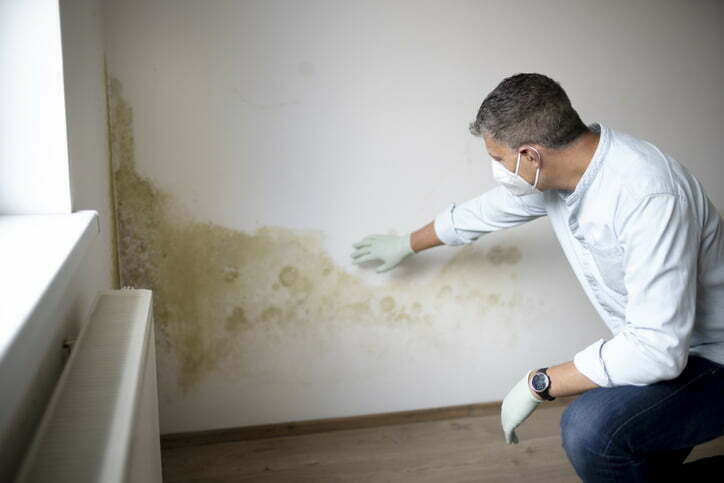
What is the best way to treat dry rot?
Once dry rot has taken hold, it’s important to get professional help to treat the problem. At Tapco HomeDry, we have a team of experienced surveyors and specialistMicrobiologists who can assess the problem and create a bespoke treatment plan.
Our treatments are designed to stop the spread of dry rot while also restoring the timber to its original condition. We also offer a range of preventative treatments to help stop the problem from returning in the future.
What are the main causes of dry rot?
There are a number of things that can cause dry rot, but the most common cause is damp. If there’s dampness in the air, it provides the perfect conditions for the dry rot spores to germinate and grow.
Other causes of dry rot include:
- Poor ventilation
- Plumbing leaks
- Condensation build-up
- Dampness from the ground
- Overflowing gutters
How do I know if it’s dry rot?
One of the easiest ways to tell if you have dry rot is by looking for the fruiting bodies. These are small, dark brown mushrooms that appear on the surface of the wood. If you see these, it’s a good indication that you have dry rot in your property. You might also spot the following signs:
- A musty or earthy smell
- Patches of spore dust that are orange, red or brown
- Large, mushroom-like bodies growing on timber
- Cracks in masonry or render
- Shrinking or cracking of timber
- Darkening or discolouration of the wood
- Brittle timber
If you’re unsure, it’s always best to get a professional opinion as dry rot can be easily confused with other forms of decay.
What does dry rot look like?
The first signs of dry rot are usually cracks in the timber, which can be followed by a darkening or discolouration of the wood. The wood will also become brittle and will eventually crumble.
If you suspect you have dry rot, it’s important to have this checked out as soon as possible as it can spread quickly and cause considerable damage to your property and adjoining properties.


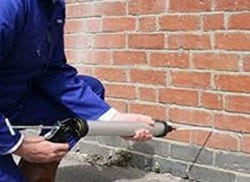 Damp Proofing
Damp Proofing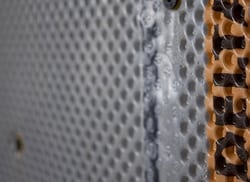 Basement Damp Proofing
Basement Damp Proofing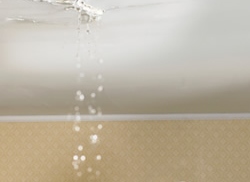 Water Damage
Water Damage Condensation Control
Condensation Control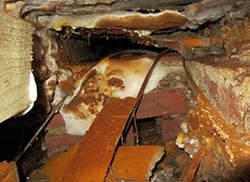 Dry Rot Treatment
Dry Rot Treatment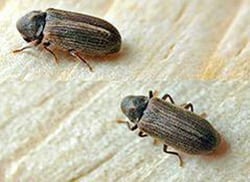 WOODWORM & WET ROT
WOODWORM & WET ROT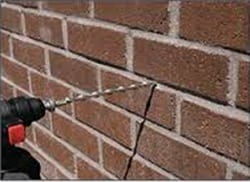 CAVITY Wall Ties
CAVITY Wall Ties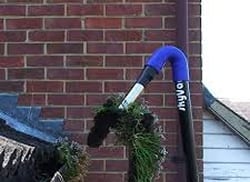 Property Maintenance
Property Maintenance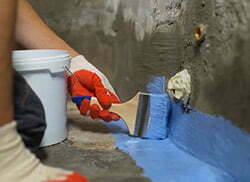 Waterproofing And Tanking
Waterproofing And Tanking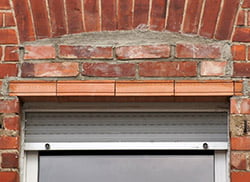 Structural Repairs
Structural Repairs
